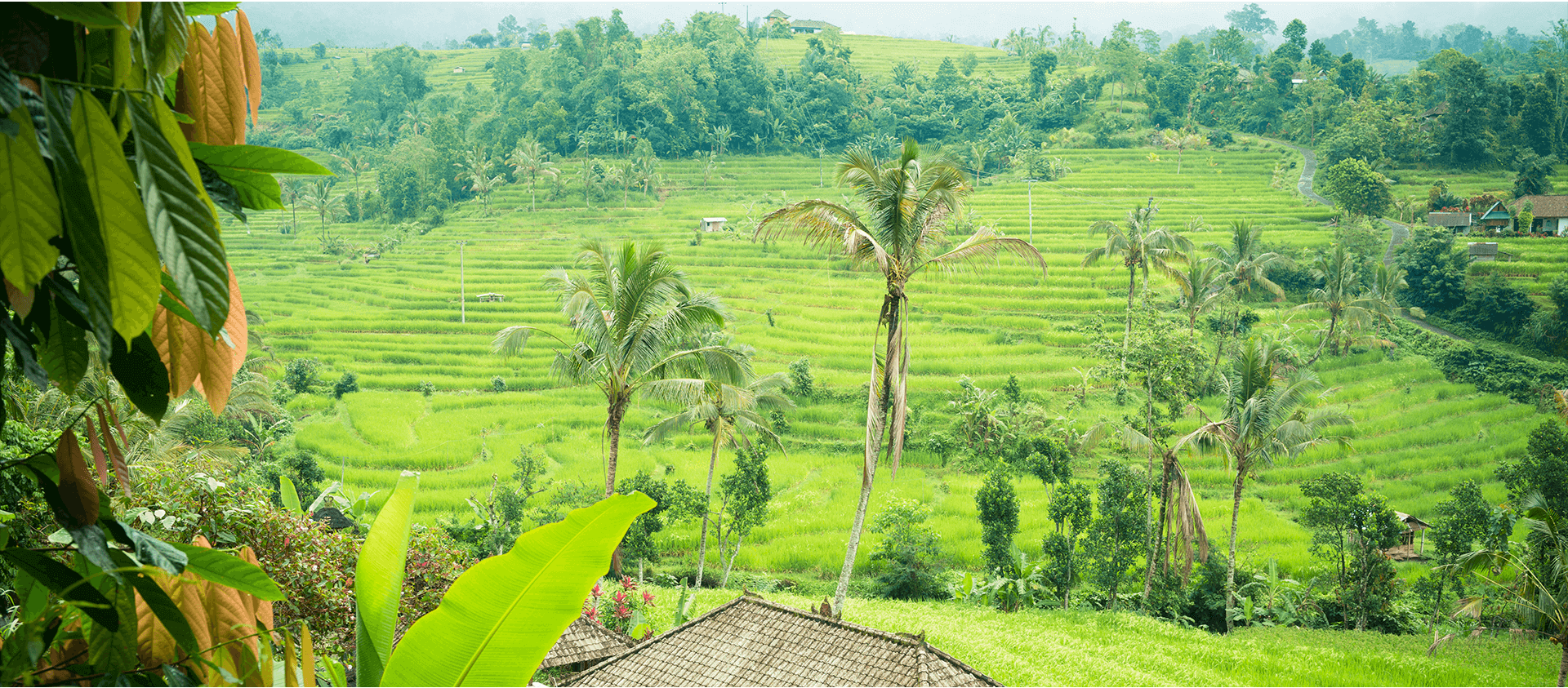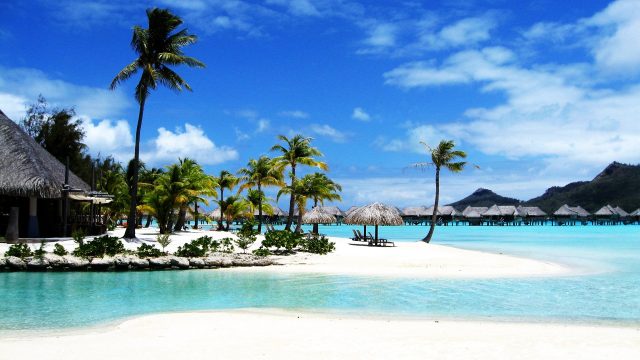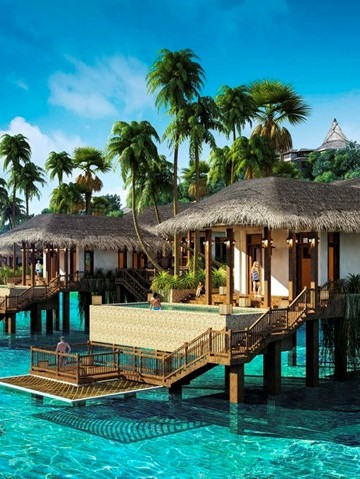TRAVEL EXPERIENCES IN CON DAO ISLAND, VIETNAM
20-03-2019
Although it seems an island paradise, Con Son was once hell on earth for the thousands of prisoners who languished in confinement in no less than a dozen jails during French rule and the American-backed regime. Many visitors here are package-tour groups of former VC soldiers who were imprisoned on the island. The Vietnamese government subsidises these jaunts as a show of gratitude for their sacrifice.

The Con Dao Islands are only a short flight from Saigon. I prefer to take the dawn flight – leaving Tan Son Nhat Airport at 5:55am – because this means I get the whole of that day on the islands. Just forty-five minutes after taking off from the early dust and bustle of Saigon, the propeller aircraft glides between a few tiny green dots in the East Sea, heading towards the short runway squeezed in at the eastern point of Con Son Island. To the right, the island’s jagged, sea-beaten north shore stretches to its western tip. The glowing dawn light haloes around the edges of the forested mountains, and crashing rollers break near the end of the runway; Saigon is already a distant memory.
The best beach on Con Son Island, Bai Dat Doc is a simply beautiful cove, consisting of a kilometre-long crescent of pale sand, backed by green hills. It has a gently shelving profile and no pollution, so it's ideal for swimming. Though it's backed by the luxury bungalows of the Six Senses hotel, it's not a private beach and there are access points close to the road.
Very rarely dugongs have been seen frolicking in the water off the nearby cape.

Bay Canh
Perhaps the best all-round island to visit is Bay Canh, to the east of Con Son Island, which has lovely beaches, old-growth forest, mangroves, coral reefs and sea turtles (seasonal). There is a fantastic two-hour walk to a functioning French-era lighthouse on Bay Canh’s eastern tip, although it involves a steep climb of 325m. Once at the summit, the panoramic views are breathtaking.
Infiniti Cafe & Lounge
A lot of effort has gone into this hip cafe-bar with its artistic, reclaimed furnishings and lovely pavement terrace with bench seating. Cocktails are chalked up on a board and you'll find plenty of interest on the menu, including great pizza and pasta.
Bai Dam Trau
Reached via a dirt track 1km before the airport on Con Son Island, Bai Dram Trau is a sublime but remote 700m half-moon crescent of soft sand, fringed by casuarina trees and bookended by forest-topped rocky promontories. It's best visited at low tide.
There's some snorkelling on reefs offshore and three very simple seafood shacks (all open noon till dusk only).

Bai Loi Voi
On the north side of Con Son Town, Bai Loi Voi is a broad sand-and-shingle beach with lots of seashells and shade-providing casuarinas. There's a good stretch of sandy beach right in the centre of Con Son, around the Con Dao Resort.
Bai An Hai
Bai An Hai, on the south side of town, is an appealing beach with a green mountain backdrop, but there are a good number of fishing boats moored nearby.
Tiger Cages
The notorious cells dubbed 'tiger cages' were built in 1940 by the French to incarcerate nearly 2000 political prisoners. There are 120 chambers with ceiling bars, where guards could poke at prisoners like tigers in a Victorian zoo. Prisoners were beaten with sticks from above, and sprinkled with quick lime and water (which burnt their skin, and caused blindness).
The tiger cages were deliberately constructed away from the main prison, out of sight, and only accessed by an alleyway. They were unknown to the outside world until 1970, when a US congressional aide, Tom Harkin, visited Con Son and saw evidence of brutal torture of the prisoners he met there. Harkin had been tipped off about their existence by a former inmate and managed to break off the pre-arranged tour, and using a map given to him, discovered the tiger cages behind a vegetable garden, and photographed the cells and prisoners inside. The images were published by Life magazine in July 1970.

Phu Hai Prison
The largest of the 11 jails on the island, this prison dates from 1862. Thousands of prisoners were held here, with up to 200 prisoners crammed into each detention building. During the French era, all prisoners were kept naked, chained together in rows, with one small box serving as a toilet for hundreds. One can only imagine the squalor and stench. Today, emaciated mannequins that are all too lifelike recreate the era.

It's a huge complex, where political and criminal classes were mixed together. 'Solitary' rooms where prisoners considered to be particularly dangerous contained as many as 63 inmates, herded together so tightly that there was no room to lie down. The prison church dates from the US era, but it was never used.




.jpg)
.jpg)
.jpg)
.jpg)
.jpg)
.jpg)
_.jpg)
.jpg)
.jpg)
.jpg)
.jpg)
.jpg)
.jpg)